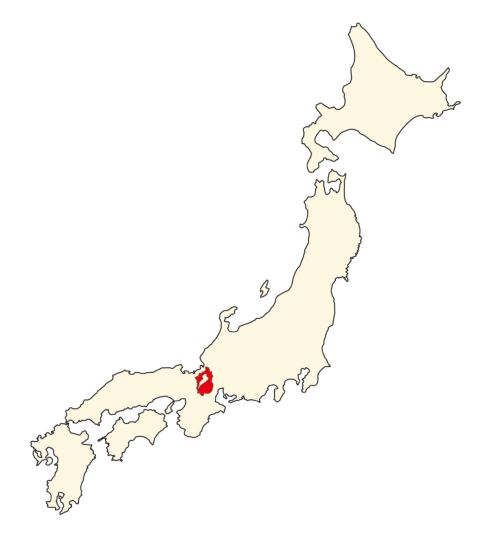Shiga Prefecture

Home of Japan’s largest lake – Lake Biwa
Nestled in the heart of Japan, Shiga Prefecture boasts the remarkable Lake Biwa, the country’s largest freshwater lake. Despite being landlocked, in certain spots along its shores, the opposite lakeshore remains hidden, creating an illusion that we are facing an expansive sea. The lake is embraced by resident homes and towering mountains, forming a breathtaking panorama that beautifully encapsulates the symbiotic relationship between human habitation and the awe-inspiring wonders of nature. This scenic tableau in Shiga presents a harmonious blend, where human life gracefully coexists with the splendor of the natural world.
Activities around Lake Biwa
Biwaichi is an approximately 200km cycling course that circles Lake Biwa, counterclockwise. It is an exhilarating feeling to cycle between the blue sky and greenery, looking at the sparking lake surface. If you are used to cycling, you can cover the distance in one day, but we recommend taking 2 to 3 days to enjoy sightseeing and dining. You can also take shortcuts by Biwako Ohashi Bridge, or even by combining boats.
Lake Biwa, at the heart of Shiga, offers a variety of activities. During the summer, you can go swimming or kayaking in the lake and camp overnight on the lakeshore. In the winter, you can admire the entire lake and surrounding areas from Biwako Valley and also be able to snowboard there. It is always an unforgettable experience if you have a chance to dine and sightsee on the lake cruise from Otsu Port.
Road of Metasequoia tree, Makino Plateau
The road leading to Makino Plateau is lined with rows of Metasequoia trees on both sides, forming a picturesque landscape typical of the plateau. It attracts visitors in all seasons: budding and fresh greenery in spring, deep greenery in summer, vibrant autumn leaves, and bare trees with snow flowers in winter. Don’t miss the chance to admire this majestic nature if you visit Shiga some days.

Shiga’s special Kamonabe (duck meat hot pot)
In winter, mallard ducks fly from Siberia to Lake Biwa. Kamonabe is a traditional hotpot made using this firm mallard duck meat and simmered with vegetables and tofu. Originally, ducks caught in nets set for fish in Lake Biwa were used for hot pot, but now duck hunting is only permitted in the winter, and duck dishes can be enjoyed from November to March. It is a winter tradition in the Shiga/Kohoku region, and is one of Shiga’s most representative local dishes, contributing to “Top 100 Local Cuisines”.







